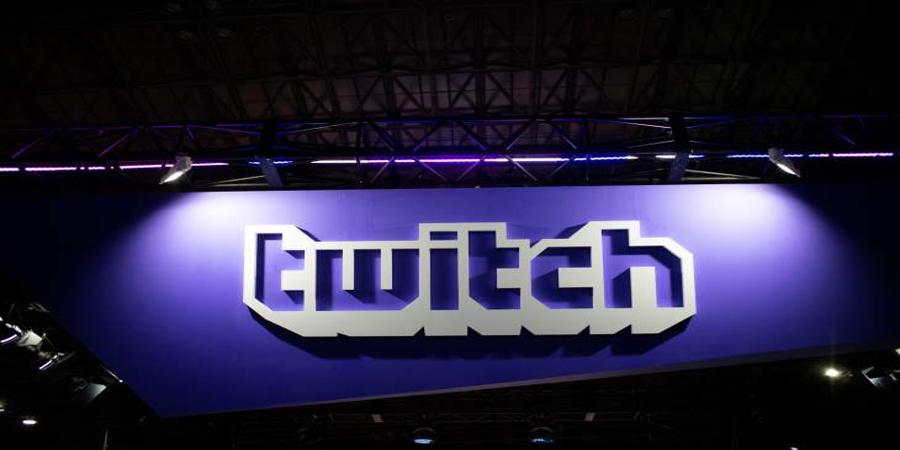Twitch is rethinking the way it flags mature content, swapping its existing toggle for a more granular set of topic-specific labels.
The company announced Tuesday that it would introduce a new set of content labels that require streamers to signal when their channels will contain sexual themes, graphic violence, “drugs, intoxication, or excessive tobacco use,” gambling or “significant” profanity or vulgarity. Those new labels roll out today to all Twitch users.
The labels will also display when a streamer is playing a game with a Mature ESRB rating, which applies to games intended for players 17 and up. In the case of Mature-rated games, that label will be applied automatically.
“I don’t expect this is a major change; we do however want to make sure it’s not a scary one or a punitive one for you,” Twitch Chief Chief Product Officer Tom Verrilli said in a livestream explaining the changes.
“Our goal here again is better nuance from the existing mature flag — it helps you be clearer in that label and it helps viewers and advertisers make better decisions about how they show up around your content.”
Twitch is careful to emphasize that nothing is changing about its rules defining what is and is not allowed on the platform. Instead, the labels are intended to classify and sort a range of content that is allowed, but now must be labeled appropriately.
The new labels are dynamic and can be added and removed throughout a stream as needed, so if only a short segment of a five-hour livestream contains sexually themed content (e.g. “content intended to draw attention to an individual’s buttocks, groin, or breasts for a prolonged time”), that label can be toggled on and then off again for that portion of the stream.
These content classifiers are obviously pretty complex and many seem to leave a lot of room for interpretation — a theme that’s plagued Twitch’s often controversial moderation practices over the years. For clarity, Twitch published a deep dive into when to apply the various labels, a document that yields hyper-specific insights like how “continuously licking a microphone for the duration of the stream” counts as a sexual theme and how the use of “terms like f**k, c**t, or p***y in every other sentence” will earn you a label.
The company also notes that streamers won’t get hit with account suspensions for failing to apply the relevant labels. Because the content is all allowed already, Twitch will issue warnings and eventually may apply a label locked for “a period of days or weeks” to a streamer’s channel. While the threat of a ban isn’t imminent, streamers will obviously want to play by the new rules to avoid that fate.
The new labels are designed to make Twitch friendlier to young users and to help advertisers navigate the kind of content they want to appear next to while generally communicating more info about what viewers can expect from a given channel in terms of content and tone. How the streaming community will receive the changes remains to be seen, but a handful of recent decisions at Twitch have prompted backlash and even backtracking from the company.
The new content labels are popping up now, but streamers will have a bit of a grace period to learn the ropes. Warnings issued for the next month (until July 20) won’t pile up and trigger a locked account label, but those instances will result in the relevant label being applied.
“If you’re a streamer, please don’t stress… please remember that what we have here is a 30-day period now where you will get warnings, but those warnings won’t accrue or have any kind of consequences,” Verrilli said. “This 30-day period is designed to help you calibrate: ‘Okay I did X, I didn’t get a warning, seems fine. I did Y, I did get a warning, okay, I have a better idea of where that line is from Twitch’s perspective.’”
Source @TechCrunch



